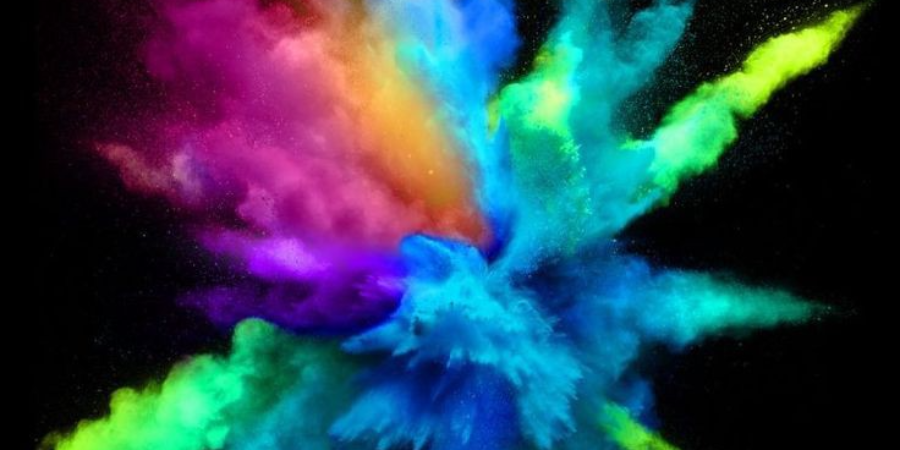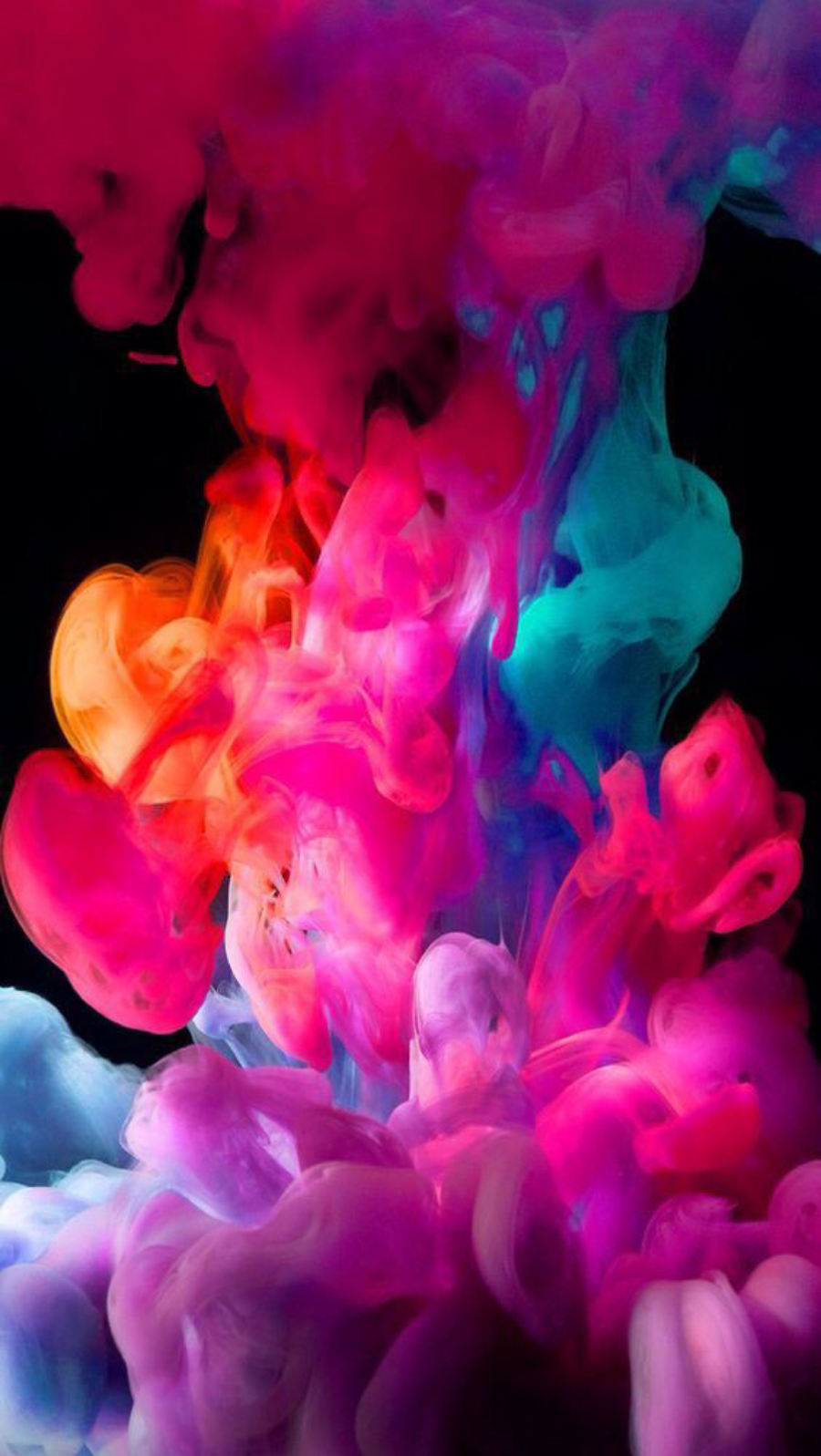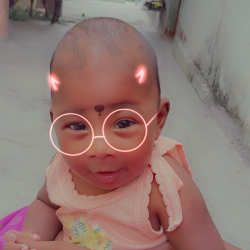

The Power of Colors and Their Meanings…
Colors are more than just visual stimuli; they are powerful tools of communication that can influence emotions, thoughts, and behaviors. Throughout history, colors have been used symbolically in art, culture, and religion, each hue carrying its unique significance. The study of colors, known as color psychology, explores how different shades impact human perception and how they are associated with various meanings across different contexts.
Red: The Color of Passion and Power…
Red is perhaps the most emotionally intense color. It is associated with passion, energy, and power. In many cultures, red signifies love and desire, which is why it's the color most often associated with Valentine's Day and romance. On the other hand, red also has a darker side, representing anger, danger, and war. This duality makes red a potent color that can evoke a wide range of emotions. In branding, red is often used to grab attention and create a sense of urgency, which is why it is frequently seen in sales signs and emergency signals.
Blue: The Color of Calm and Trust…
Blue is often linked to calmness, stability, and trustworthiness. It is the color of the sky and the sea, which gives it a serene and peaceful quality. Many companies use blue in their logos to convey a sense of reliability and professionalism, such as in the financial and technology industries. In contrast to red, blue has a cooling effect on people, making it an excellent choice for environments where a calm atmosphere is desired. However, blue can also be associated with feelings of sadness and melancholy, which is where the term "feeling blue" comes from.
Yellow: The Color of Happiness and Energy…
Yellow is the color of sunshine, associated with joy, energy, and positivity. It is one of the most visible colors in the spectrum, making it effective for attracting attention. This is why yellow is commonly used in warning signs and road markings. Psychologically, yellow is believed to stimulate mental activity and boost memory, making it a good choice for educational settings. However, too much yellow can be overwhelming and may lead to feelings of anxiety or frustration. In design, yellow is often used to evoke warmth and cheerfulness but should be balanced with other colors to avoid overstimulation.
Green: The Color of Nature and Harmony…
Green represents nature, growth, and harmony. It is the color most commonly associated with the environment and is often used in branding for eco-friendly products. Green has a calming and refreshing effect, similar to blue, and is associated with health, fertility, and tranquility. In many cultures, green symbolizes luck and prosperity, which is why it is often worn during important life events like weddings. However, green can also represent jealousy and envy, as in the phrase "green with envy."
Purple: The Color of Royalty and Mystery…
Purple has long been associated with royalty, luxury, and sophistication. Historically, purple dye was expensive and rare, reserved for the garments of kings and queens. Today, purple is still used to convey a sense of elegance and exclusivity, often seen in high-end brands. Additionally, purple is linked to spirituality, creativity, and mystery. It is a color that stimulates the imagination and inspires contemplation, making it popular in art and design. However, because purple is less common in nature, it can also evoke feelings of ambiguity and unpredictability.
Black and White: The Colors of Contrast and Purity…
Black and white are not technically colors, but they play a crucial role in color psychology. Black is associated with power, elegance, and sophistication, but it also carries connotations of mystery, death, and the unknown. In contrast, white symbolizes purity, simplicity, and innocence. It is often used in healthcare and wedding ceremonies to convey cleanliness and new beginnings. The contrast between black and white is frequently used in design to create a sense of balance and clarity.
Conclusion…
Colors are a fundamental aspect of human perception and communication. They carry powerful meanings that can vary depending on cultural context, personal experiences, and even current trends. Understanding the psychology of colors can enhance the way we interact with the world, whether through art, design, branding, or everyday choices. By recognizing the emotions and symbolism associated with different colors, we can use them more effectively to convey our intentions, express our personalities, and influence our environments. In a world full of color, every shade tells a story, and understanding these stories enriches our experience of life.




